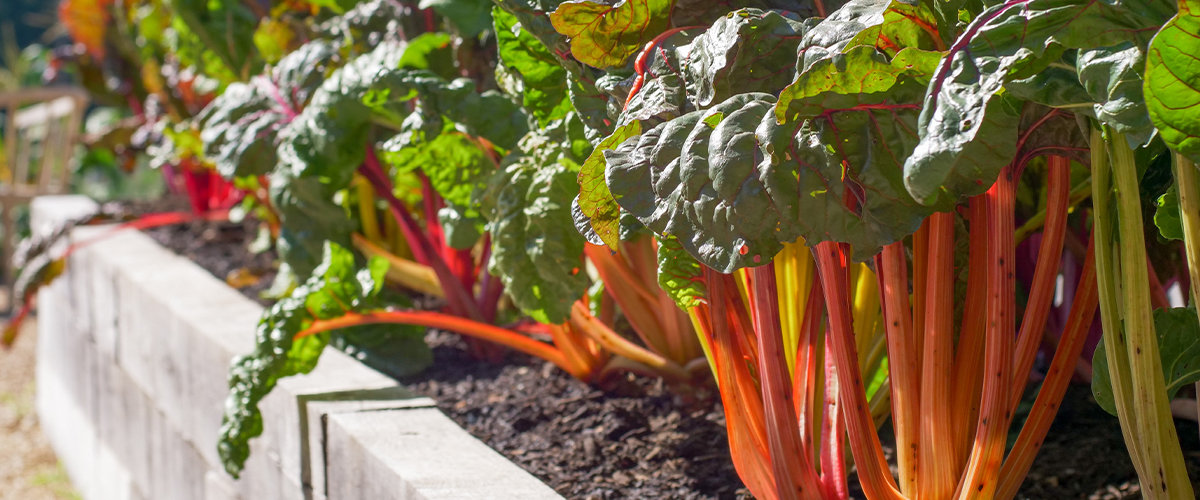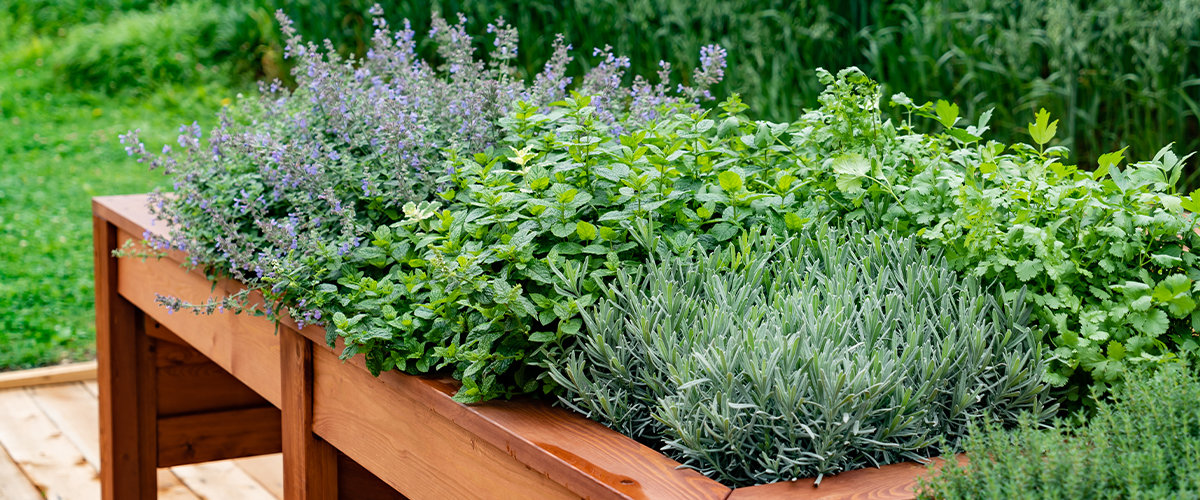
We collect basic website visitor information on this website and store it in cookies. We also utilize Google Analytics to track page view information to assist us in improving our website.
Spring Season starting to book up. Promotions Available for Winter.

Gardening with raised beds is a popular choice for many people. You can put a garden practically anywhere with raised beds, even if your backyard isn’t suitable for planting a ground-level garden. They’re perfect for people who have back issues as they save gardeners from bending over farther than they need to, and they’re incredibly customizable.
To decide if raised garden beds are right for you, read through the types of beds below to see which one could be right for you.
Raised ground beds do not require any additional material apart from soil.
It is a very simple type of raised bed with flat-topped mounds between 6 to 8 inches in height. These kinds of beds are ideal for people looking to plant gardens in larger areas but don’t want the added expense of including support frames.
Containerized raised beds have larger sides, typically starting at 10 inches or higher.
Boasting the benefit of being able to be placed anywhere, from lawns and patios to decks and walkways. Although they require more soil to fill, they’re versatile and easy to use, making them the ideal choice for high-traffic areas and people with mobility problems.
Supported raised beds have edges or frames surrounding them that keep the soil contained, and they’re typically composed of wood, metal, plastic, or stone.

Supported raised beds are good for yards that are uneven or sloped while adding a put-together look to a backyard.
Elevated raised beds are similar to containerized raised beds, but this variety sits higher, on supporting legs that bring the growing area to a reasonable standing height.
Typically, raised garden beds are made from rot-resistant timber like fir and cedar.
However, they can also be made from stone, concrete, plastic, and woven willow. Material choices largely depend on personal preferences.
With vegetable gardens though, try to avoid pressure-treated lumber since it can leach heavy metals into the soil. The majority of simple-to-assemble raised garden beds are made from rot-resistant, food-safe wood or plastic.
Raised garden bed kits are easier options to assemble than making your own from scratch.
With a DIY raised garden bed, you will need to shop for materials and cut them properly to size, while a kit will provide you with everything you need.
An obvious factor to consider when installing a raised garden bed is size.
Length will be limited by the size of your backyard and the building materials you have available. In terms of width, you need to ensure that you can reach across the garden bed and reach the centre without having to step through it. For the majority of folks, 4 feet is the ideal width for a garden bed.
Raised garden beds can come with a variety of different features including wheels, trellises, removable greenhouse covers, legs to elevate the bed, storage shelves, or built-in irrigation systems.

No matter what your gardening needs are, you’re likely going to find a raised bed that suits your backyard and needs.
A woven wicker raised garden bed is the perfect option for a rustic, English garden.
An informal stone-raised bed with large, stacked boulders fitted perfectly to create the ideal foundation for your garden.
Raised metal beds are the perfect way to incorporate a modern feel into your backyard.
This option will blend artfully with your outdoor landscape. Metal is a reliable material choice since it’s long-lasting and durable.
Adding a trellis to a raised garden bed is ideal for climbing plants, flowers, or edibles.

Tall planters are aesthetically pleasing and help keep animals away from your precious plants.
Ideal for small spaces, a wall-hugging planter is ideal for maximizing the space in the garden.
An attached bench is a handy addition to a raised garden bed that eliminates the need for excessive bending.

A rolling trolley planter is great for smaller outdoor spaces and is convenient with the added feature of wheels for easy transportation.
Colourful beds help infuse brightness into your yard year-round.
Raised garden beds with added fended panels will add extra security and protection against unwanted backyard visitors like rabbits and squirrels.
There is a lot of versatility that goes along with raised garden beds, especially when you want to maximize your backyard space and keep your oasis looking fresh and fabulous.
Implement raised garden beds in your yard and enjoy the convenience they have to offer.

